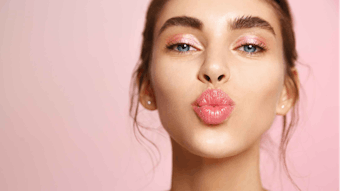In the Kline Blogs post “The Professional Hair Care Market in the United Arab Emirates and South Africa: Resemblance, Uniqueness, and Duality,” the market researcher investigates growth markets for professional hair care products.
The post shares, “Among the 21 markets covered in our recently published Salon Hair Care 2013 Global Series: Market Analysis and Opportunities, two are very interesting and different from the ones analyzed so far: United Arab Emirates and South Africa. Even though they seem at the first glance similar to a few other markets, especially the Western ones due to the strong dominance of salon hair care multinationals such as L’Oréal, Procter & Gamble, and Henkel, a different picture is revealed when one takes a deeper look.
“The most important feature of the salon hair care market in the United Arab Emirates (as well as another Middle Eastern country we profiled in 2012—Saudi Arabia) and South Africa is the strong duality of salons serving two different consumer groups.
“In South Africa, the Caucasian and ethnic population do not attend the same hair salons. Although many big Caucasian salons make efforts to attract the ethnic population such as employing ethnic stylists, the attachment to the traditional form of ethnic hairdressing, as well as the importance of hair in ethnic women’s image, makes the task of ethnic integration nearly impossible. Caucasian consumers represent as little as 8.7% of the total South African population.
“In the United Arab Emirates, the market is also split into two types of salons. However, here the split is driven by cultural and religious standards, causing men and women to attend different salons, with the country possessing only a very small number of unisex salons present in some high-end hotels.
“Another area of similarity is seen on the distribution level where most professional brands do not sell hair styling products through retail channels and over 90% of professional hair care sales [are] generated through salons.
“Both markets also show an exceptionally high level of take-home sales as a result of trained stylists to promote take-home products, as well as an important area in salons dedicated to the so-called ‘retail.’ In South Africa, it is very common for a salon to carry multiple brands—sometimes as many as 10—to be able to cater to different client preferences. Some salons even promote brands only for take-home sale purpose, brands that they would not typically use for their in-salon services. These typically ‘retail’ brands include Moroccanoil or Nioxin.
“To learn more exciting facts on both markets, as well as other markets around the globe, please refer to Salon Hair Care 2013 Global Series: Market Analysis and Opportunities,” the post concludes.










